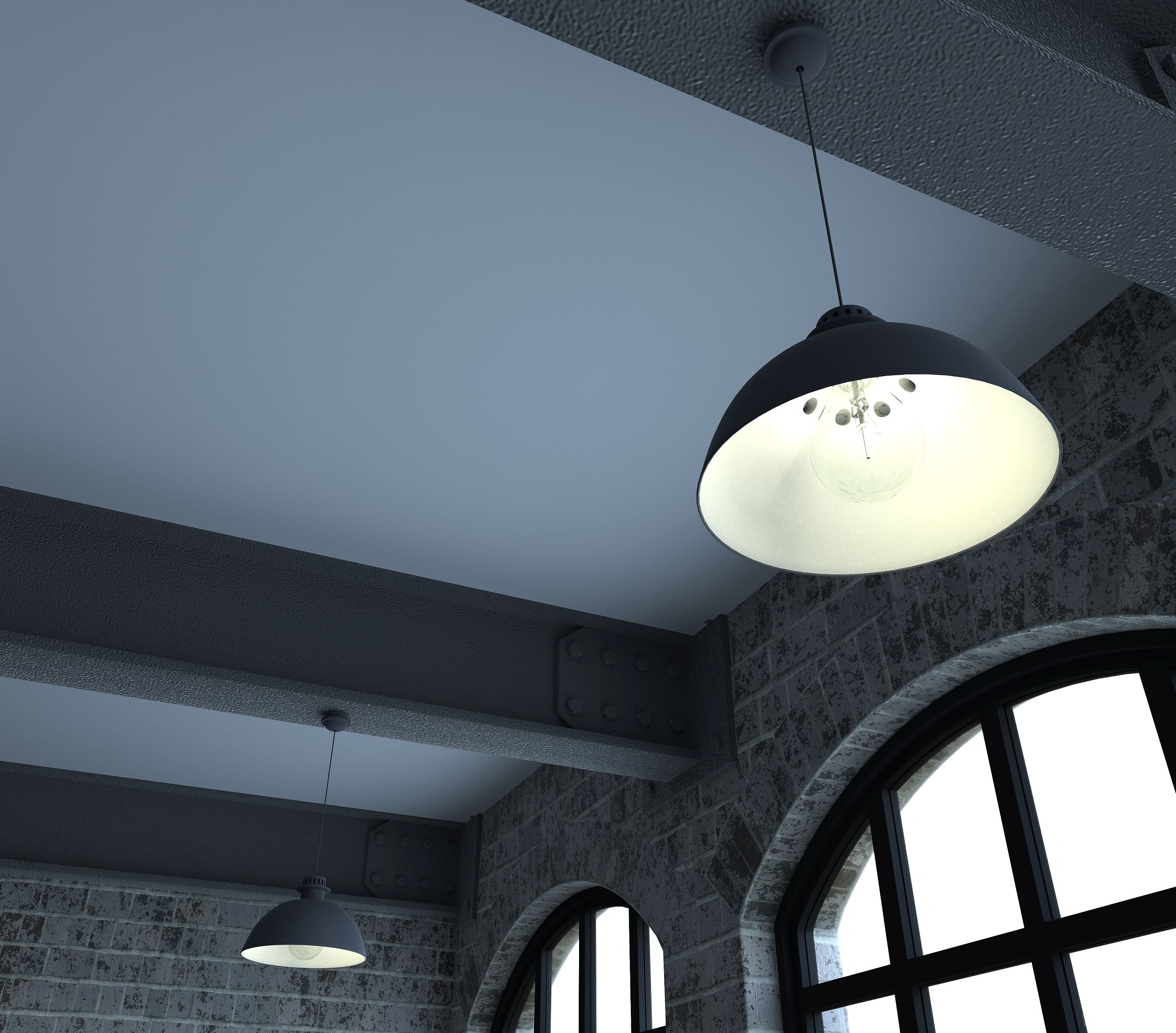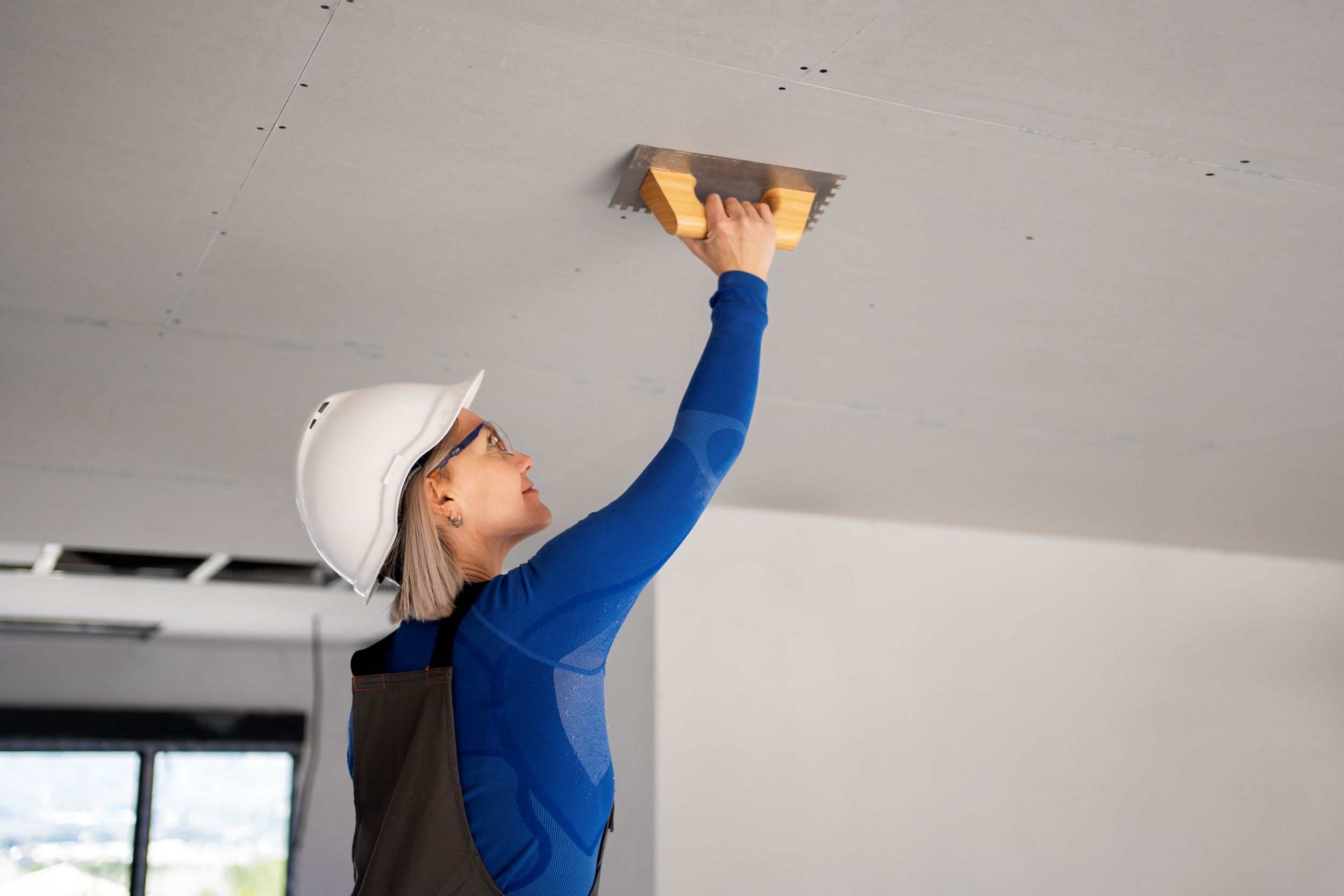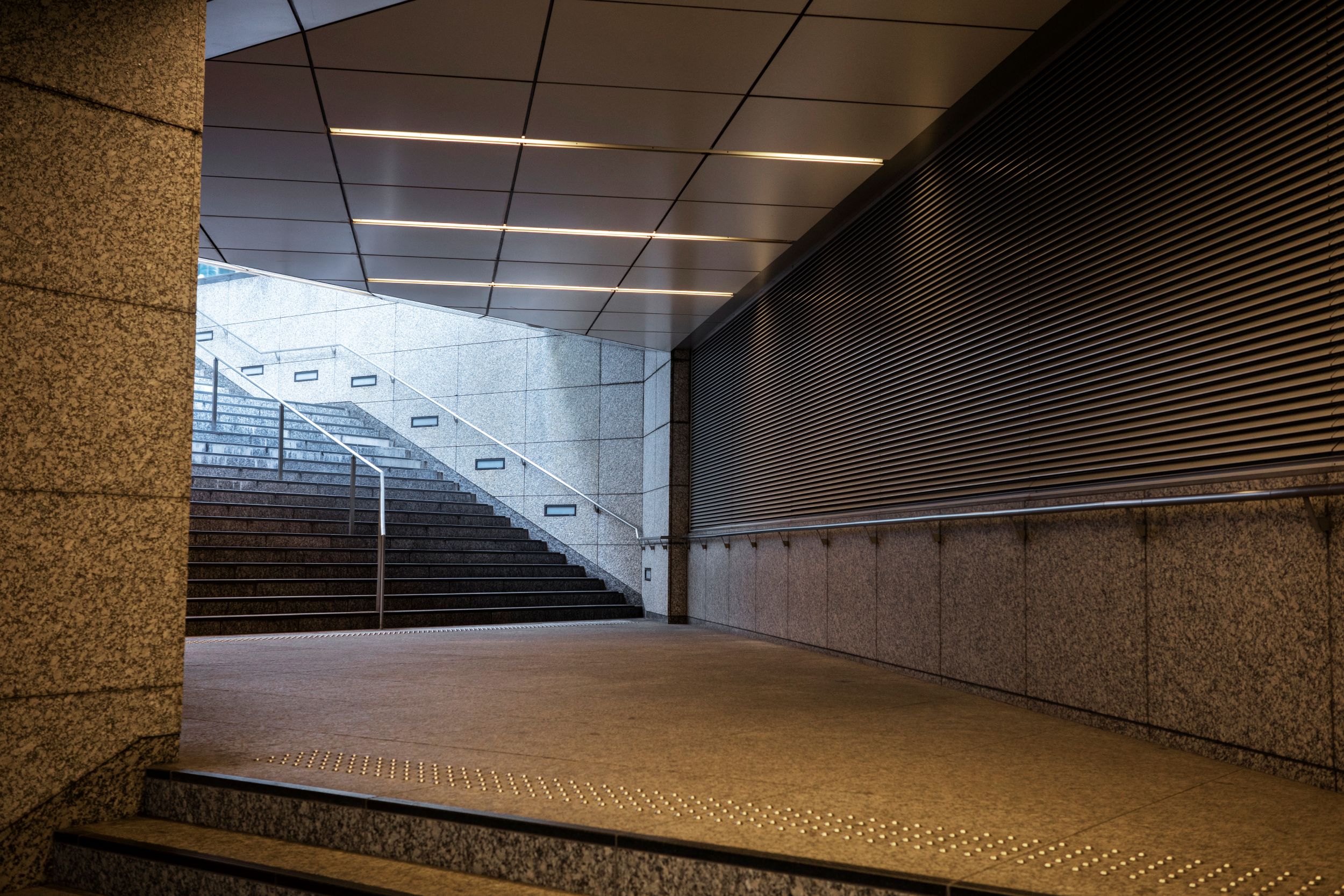
How to Soundproof a Basement Ceiling
If your basement is used as a living space, office, gym, or rental unit, one of the biggest challenges is noise. Footsteps, conversations, or TV sounds from upstairs can easily travel through the floor joists, making the basement less comfortable. Learning how to soundproof a basement ceiling can dramatically improve privacy, comfort, and even property value.
Soundproofing is not just about blocking loud noises. It also helps reduce vibrations, echoes, and airborne sound, creating a space that feels quiet and private. Whether you need a professional solution or a cheap way to soundproof basement ceiling, the right method depends on your budget and purpose.
.jpg)
Why Soundproofing a Basement Ceiling Matters
Noise travels through ceilings in two forms: airborne (voices, music, TV) and impact (footsteps, dropped items, moving furniture). Without proper basement ceiling soundproofing, the basement may always feel like a noisy extension of the house instead of a separate, livable area.
Key reasons why homeowners choose soundproofing basement ceiling include:
- Privacy: For basements converted into bedrooms, rental units, or offices.
- Comfort: Less disruption from upstairs activity.
- Value: Homes with a quiet, finished basement are more appealing to buyers or tenants.
- Health: Lower stress levels and better sleep quality in spaces shielded from constant noise.

What Are the Main Methods of Basement Ceiling Soundproofing?
There are several techniques to reduce noise. Each comes with different costs and effectiveness levels. Below are the most commonly used options.
Insulation Between Joists
Adding mineral wool or fiberglass batts between ceiling joists is one of the most affordable approaches. The insulation absorbs airborne noise, reducing echoes and muffling voices or TV sounds. However, this method alone does not block heavy impact noise like footsteps or moving furniture. It works best when combined with other techniques such as drywall or resilient channels.
Pros: Inexpensive, easy to install, improves thermal performance.
Cons: Limited effect against vibrations.
Adding Resilient Channels or Sound Clips
Resilient channels and sound isolation clips create a break between ceiling joists and drywall. This “decoupling” reduces the transfer of vibrations, which is crucial for impact noise. Combined with insulation, it significantly improves soundproofing.
Pros: Very effective against impact sounds.
Cons: Requires careful installation, reduces ceiling height slightly.
Installing a Drop Ceiling with Acoustic Tiles
A drop ceiling is suspended below the existing joists, leaving a cavity that can trap sound. When paired with acoustic tiles, this solution provides good sound absorption. It’s popular for finished basements because it also hides wiring and pipes.
Pros: Attractive finish, easy access to utilities, decent sound absorption.
Cons: Reduces headroom, less effective than heavy drywall systems.
Double Drywall with Green Glue
This is often considered the best way to soundproof a basement ceiling. Two layers of drywall with Green Glue in between provide mass and damping, blocking both airborne and structural sounds. It’s one of the most reliable but also more expensive options.
Pros: Excellent results, durable, professional-grade.
Cons: Higher cost, more complex installation.

Best Way to Soundproof a Basement Ceiling
The most effective approach is a hybrid system:
- Place mineral wool insulation between joists.
- Install resilient channels to decouple the ceiling structure.
- Add double drywall with Green Glue for mass and damping.
Together, these methods address both airborne and impact noises. While this combination increases expenses and slightly reduces ceiling height, it delivers professional results that last for decades.
Cheap Way to Soundproof Basement Ceiling
Not every homeowner wants or needs top-tier materials. Here are practical, budget-friendly options:
- Carpets and Rugs: Place thick floor coverings on the level above to reduce footstep noise.
- Basic Insulation: Even fiberglass batts can cut airborne sound for little cost.
- DIY Panels: Hanging fabric or carpet scraps across the ceiling helps reduce echoes.
- Seal Leaks: Apply acoustic caulk around light fixtures, ducts, and wiring holes to stop sound leakage.
These methods may not provide total silence, but they are a cheap way to soundproof basement ceiling and are often enough for casual use.
Soundproof Basement Ceiling Cost Overview
The soundproof basement ceiling cost varies depending on the method, materials, and whether you hire contractors.
- Fiberglass or mineral wool insulation: $1–$3 per sq. ft.
- Drop ceiling with acoustic tiles: $2–$5 per sq. ft.
- Resilient channels with drywall: $4–$7 per sq. ft.
- Double drywall with Green Glue: $8–$15 per sq. ft.
Other cost factors include:
- Labor and contractor fees.
- Sealing and finishing materials.
- Adjustments to lighting and HVAC systems.
- Possible reinforcement for older ceilings.
For tailored estimates, homeowners in Ontario can rely on professional basement renovation experts in Mississauga, who provide detailed cost breakdowns and localized solutions.
Step-by-Step Guide: How to Soundproof a Basement Ceiling
- Assess Noise Sources: Identify if the main issue is airborne or impact.
- Select Strategy: Choose insulation for affordability or combine methods for maximum results.
- Prepare Materials: Gather insulation, channels, drywall, sealants, screws, and tools.
- Install Insulation: Fit batts snugly between joists.
- Add Channels or Clips: Create a decoupled structure for drywall.
- Install Drywall Layers: Apply Green Glue between two layers for damping.
- Seal Everything: Use acoustic caulk around all gaps, fixtures, and seams.
This guide ensures lasting results when done properly. Homeowners confident in DIY can attempt it, but professionals guarantee efficiency and compliance with building codes.

Common Mistakes in Basement Ceiling Soundproofing
- Using only insulation and expecting full silence.
- Leaving gaps that leak sound.
- Forgetting about ductwork and vents, which transmit noise.
- Overlooking ceiling height reduction with drop ceilings.
- Choosing the cheapest materials without considering durability.
Key Considerations Before Starting
- Budget: Costs vary widely; plan realistically.
- Basement Purpose: A rental unit requires more advanced solutions than a casual home gym.
- Ceiling Height: Drop ceilings may make spaces feel cramped.
- Utility Access: Ensure pipes and wires remain serviceable.
- Moisture Control: Always waterproof before sealing with drywall.
Conclusion
Soundproofing your basement ceiling is one of the most impactful upgrades for comfort, privacy, and long-term value. Whether you choose budget-friendly insulation or invest in double drywall with Green Glue, the results will make your basement a more pleasant and versatile space.
If you’re considering a complete remodel, combining soundproofing with other improvements is often the most cost-effective route. For personalized advice and renovation services, explore House Renovations and discover professional solutions tailored to your needs.
